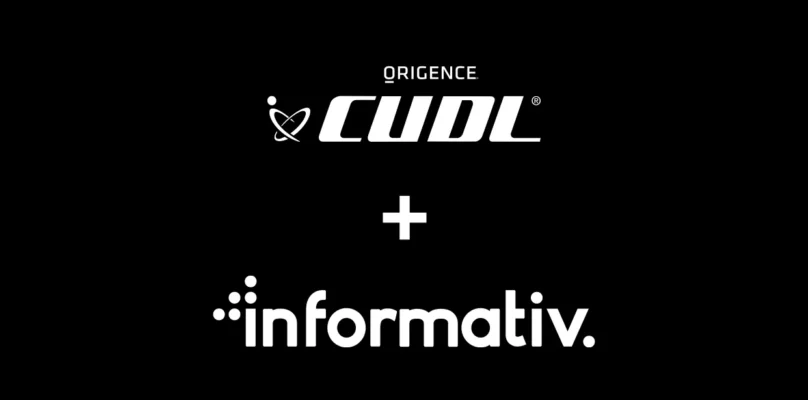As credit unions undergo digital transformation, modernizing operations and enhancing member services, they also face new vulnerabilities that fraudsters are eager to exploit. From 2019 to 2023, the volume of suspected digital fraud surged by an alarming 105%. With scammers becoming increasingly sophisticated and leveraging advanced technologies, credit unions must adopt comprehensive and proactive fraud mitigation strategies to protect their operations and members.
Understanding fraud trends
To effectively combat fraud, credit unions need to be well-versed in the most prevalent types of fraud within the industry:
- Phishing attacks: These deceptive emails, texts, or websites trick individuals into divulging sensitive information. Since late 2022, malicious phishing emails have increased by a staggering 1,265%. Educating members on recognizing and avoiding phishing attempts is crucial.
- Credential stuffing: This involves using stolen usernames and passwords from data breaches to access other accounts. With 65% of individuals reusing passwords, this method is highly effective. Implementing security questions, out-of-band authentication, and biometrics can help thwart these attacks.
- Automated account takeovers: Using automated tools and scripts, fraudsters take over accounts with stolen credentials. These takeovers have increased by 81% since 2019. Robust security measures and continuous monitoring are essential to prevent such breaches.
- Data manipulation: Fraudsters falsify information, such as pay stubs, leading to increased delinquencies and financial losses. Utilizing data encryption, integrity checks, and AI tools can help detect and prevent data manipulation.
- Deepfake technology: This technology creates fake audio, video, or images for fraudulent purposes. Biometrics can help verify member identities and combat this type of fraud.
- Artificial intelligence: Both fraudsters and financial institutions use AI. About 40% of financial institutions rely on rules-based anti-fraud systems, which can be outsmarted by advanced AI. Credit unions need sophisticated AI solutions to stay ahead of fraudsters.
Tactics to strengthen fraud prevention
To stay ahead of emerging threats, credit unions must continuously enhance their fraud strategies. Effective methods include:
- Leveraging comprehensive fraud solutions: Partnering with reputable companies offering advanced AI and machine learning-powered solutions helps identify and mitigate fraudulent activities across all channels. Multi-layered fraud solutions, including device, behavior, and database monitoring, provide comprehensive protection.
- Implementing multi-factor authentication (MFA): MFA adds an extra layer of security to member accounts. Methods like biometric authentication, one-time passwords, and device recognition significantly reduce the risk of unauthorized access.
- Collaborating with industry networks: Participating in industry-wide fraud intelligence-sharing networks keeps credit unions informed about emerging trends and best practices. Fraud technology partners often have access to extensive networks and data that provide valuable insights.
- Complying with regulatory requirements: Adhering to regulations like the Bank Secrecy Act (BSA) and Anti-Money Laundering (AML) laws is crucial. Regularly reviewing the Customer Identification Program (CIP) ensures appropriate measures for each channel and product.
- Educating and empowering employees: Employees are the first line of defense against fraud. Continuous education on the latest trends and protocols prepares employees to make informed decisions and act quickly. Encouraging employees to report suspicious activities helps the credit union remain resilient.
- Choosing the right partners: A great technology partner understands the evolving fraud landscape and actively contributes to shaping credit unions’ fraud strategies. They maintain rigorous data security measures, comply with relevant regulations, and prioritize data privacy and security.
The ongoing battle against fraud requires a commitment to evolving strategies. To effectively protect their business and members, credit unions must prioritize robust fraud mitigation strategies. By implementing comprehensive fraud prevention and detection solutions, they can fortify their defenses against various risks, such as phishing attacks, account takeovers, and data manipulation. Maintaining vigilance and continuously educating both staff and members about emerging fraud trends is crucial.
By embracing advanced technologies, selecting the right partners, and fostering a culture of awareness, credit unions can create a secure environment for their members. Ready to learn more about protecting your credit union from today’s emerging digital threats? Contact us today.


















